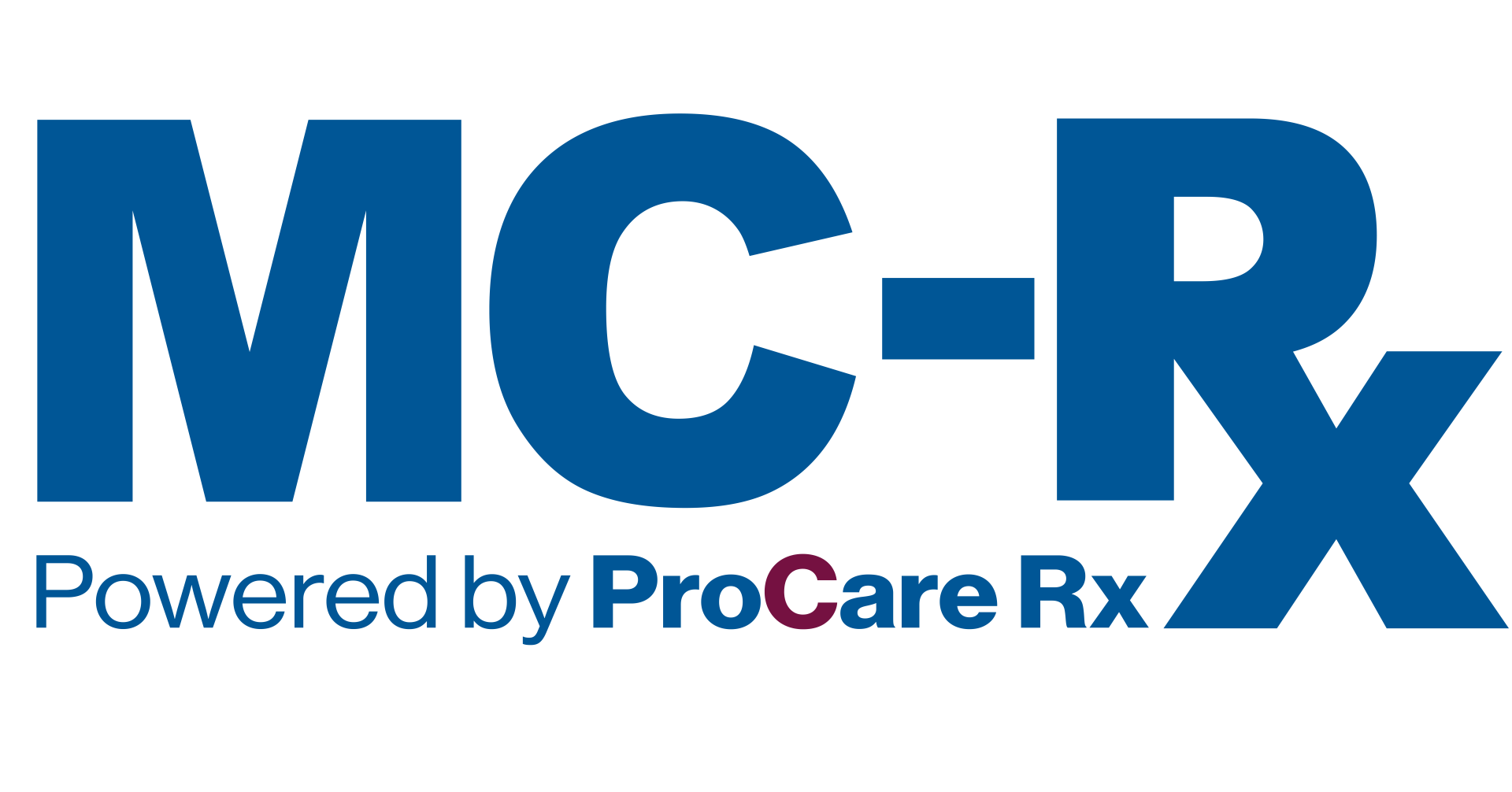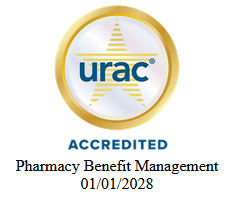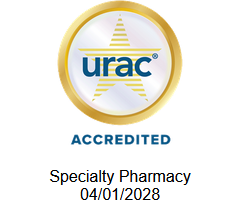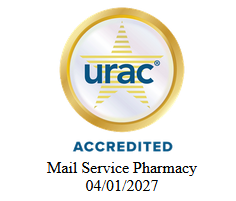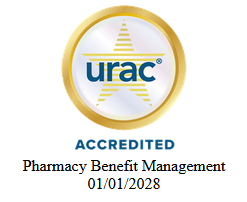Monkeypox
What is Monkeypox?

Though the COVID-19 pandemic has yet to completely subside, we are currently in the midst of another
government declared emergency due to Monkeypox. The first confirmed case in the U.S. was in May 2022. As of
September 14, 2022, a total of 23,117 cases have been reported and the number keeps growing.1 As a result, the
government declared Monkeypox an emergency in August 2022.
What is Monkeypox?
Monkeypox is a disease caused by the monkeypox virus. This virus is part of the same family as smallpox, but
less fatal.
How does Monkeypox spread?
Monkeypox is spread from person-to-person by close contact of the skin, which includes touching a shared
object, hugging, kissing, and sexual contact.2
What can I do to prevent Monkeypox?
Monkeypox is spread through close contact with infected persons. Everyone should be mindful of activities that
involve large crowds and avoid close contact with individuals that may be infected.
Can I prevent Monkeypox by getting the vaccine?
There are two (2) Monkeypox vaccines available, one is called JYNNEOS and the other is ACAM2000. These
vaccines are extremely limited due to the large number of cases in such a short timeframe. If there has been
close contact with someone with Monkeypox and you think there is a risk of getting infected, contact your
doctor to see if the vaccine is an option. Due to the limited availability of the vaccine, your doctor may refer you
to the local health department.
What happens if I get Monkeypox?
People with the Monkeypox infection present with a rash on the area that was in contact with the virus, which
may include hands, feet, face, chest, and genitals. Other symptoms may include fever, chills, exhaustion, and
muscle aches, which may resemble flu-like symptoms. From start to finish, the symptoms generally appear three
(3) weeks after exposure and will last about two (2) to four (4) weeks.
What can I do if I get Monkeypox?
There are no FDA approved drugs for Monkeypox. However, there is a drug used to treat smallpox that can be
used in severely ill Monkeypox patients called tecovirimat (TPOXX). Similar to the Monkeypox vaccine, the
treatment is very limited and should only be used in patients with severe symptoms or those at high-risk for
severe disease (i.e. people with a weakened immune system, children, pregnancy, etc.)3
In conclusion, Monkeypox has been declared an emergency with an increasing number of cases. Due to its
ability to spread through close skin contact and delay in the presentation of symptoms, many cases go
unnoticed. However, there are options to prevent the spread of Monkeypox with lifestyle modifications (e.g.
safe sex and avoiding close contact with infected persons) and vaccination, if applicable. If your healthcare
provider thinks you have Monkeypox and are at high risk, then treatment options are available.
If you have any questions, please contact your healthcare provider.
References:
1 2022 Outbreak Cases and Data. Centers for Disease Control and Prevention, National Center for Emerging and Zoonotic Infectious Diseases (NCEZID),
Division of High-Consequence Pathogens and Pathology (DHCPP). August 22, 2022
2 Prevention. Centers for Disease Control and Prevention, National Center for Emerging and Zoonotic Infectious Diseases (NCEZID), Division of High-
Consequence Pathogens and Pathology (DHCPP). August 22, 2022
3 Treatment Information for Healthcare Professionals. Centers for Disease Control and Prevention, National Center for Emerging and Zoonotic Infectious
Diseases (NCEZID), Division of High-Consequence Pathogens and Pathology (DHCPP). August 22, 2022



